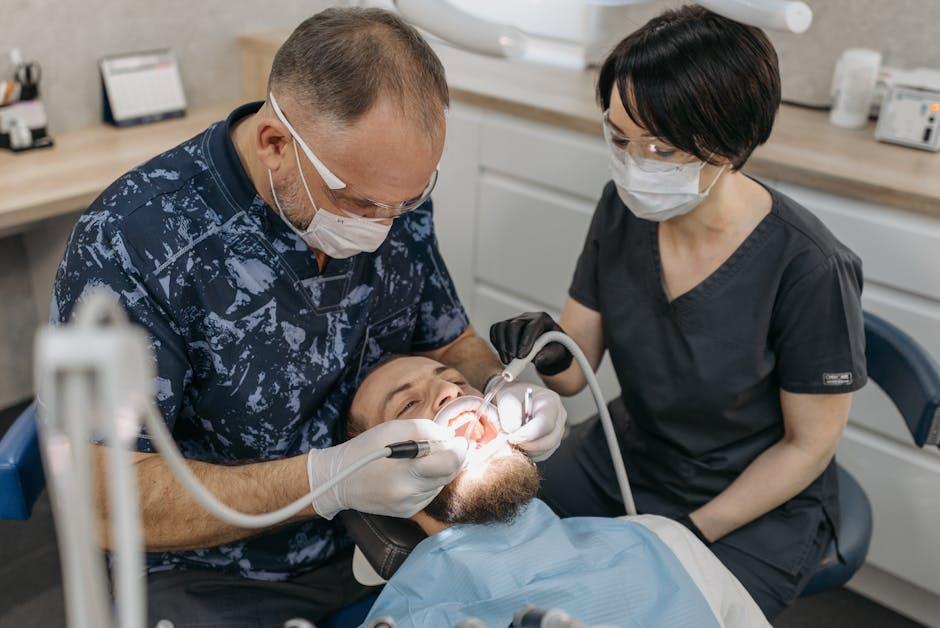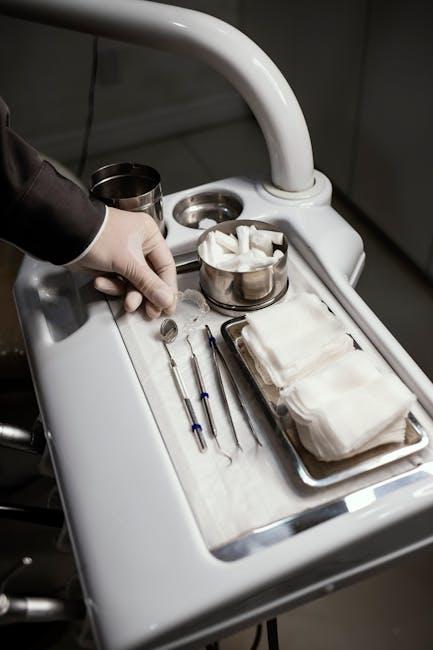
AI Dental Assistant Reads X-Rays with Near-Perfect Accuracy – Ateneo de Manila University
In recent years, artificial intelligence (AI) has continuously revolutionized various fields of healthcare, and dentistry is no exception. One groundbreaking innovation comes from Ateneo de Manila University, where researchers have developed an AI-powered dental assistant capable of reading dental X-rays with near-perfect accuracy. This advanced system promises to enhance diagnostic efficiency, improve patient outcomes, and transform the way dental professionals work.
Understanding the AI Dental Assistant Technology
The AI dental assistant developed by Ateneo de Manila University employs deep learning algorithms—an advanced form of AI that mimics human neural networks—to analyze dental radiographs. Using vast datasets of annotated X-rays, the system is trained to detect a wide array of dental conditions including cavities, bone loss, impacted teeth, and other anomalies that are critical to early intervention.
How Does It Work?
- Image Processing: The AI scans dental X-rays, enhancing image quality and focusing on critical areas.
- Pattern Recognition: Utilizing convolutional neural networks (CNNs), the AI identifies patterns indicative of dental pathologies.
- Real-Time Diagnosis: It delivers fast and accurate interpretations, assisting dentists in decision-making.
- Continuous Learning: With more data fed into the system, its accuracy improves over time via machine learning.
Why AI in Dental Radiology Matters
Dental radiology has traditionally relied heavily on manual interpretation. This approach, while effective in skilled hands, is prone to subjective errors and variability. Introducing AI assists in minimizing these limitations by:
- Increasing diagnostic accuracy: The AI system reduces human error and inter-observer variability.
- Reducing time: AI reads X-rays faster than manual methods, speeding up patient consultations.
- Enhancing early detection: Subtle lesions or abnormalities that may escape the human eye can be flagged.
- Supporting dental education: Provides a valuable teaching aid for dental students learning radiographic interpretation.
Benefits of the AI Dental Assistant for Patients and Dentists
For Dentists:
- Enhanced Confidence: Reliable AI support reduces diagnostic uncertainty.
- Efficiency: Enables faster patient turnover with quick radiograph analysis.
- Minimized Oversights: Captures overlooked dental issues, leading to comprehensive care.
- Continued Learning: Provides feedback loops for constant skill improvement.
For Patients:
- Early and Accurate Diagnoses: Early detection minimizes extensive treatments later.
- Improved Treatment Plans: Accurate readings lead to tailored and effective dental care.
- Enhanced Trust: Patients feel more assured knowing diagnosis is supported by AI.
- Accessibility: Potentially reduces costs and improves access, especially in underserved areas.
Real-Life Case Study: AI-Assisted Radiology at Ateneo Clinic
At the Ateneo dental research clinic, the AI assistant has undergone pilot testing alongside professional dentists. Below is a comparative accuracy and time-efficiency summary:
| Parameter | Traditional Method | AI Dental Assistant |
|---|---|---|
| Accuracy | 92% | 98.5% |
| Time per X-ray | 5-7 minutes | Less than 1 minute |
| Missed Diagnosis Rate | 8% | 1.5% |
The case study also highlighted enhanced doctor-patient communication through instant visual feedback provided by the AI system, strengthening trust and treatment compliance.
Practical Tips for Integrating AI Dental Assistants in Clinics
Dental clinics and practitioners considering the adoption of AI-powered X-ray readers should keep the following in mind:
- Invest in quality imaging equipment: AI’s accuracy depends on clear, high-resolution X-rays.
- Train staff accordingly: Dental professionals must understand how to interpret AI suggestions effectively.
- Ensure data privacy: AI systems must comply with healthcare data protection standards.
- Blend AI with human judgment: AI should assist, not replace, professional expertise.
- Update software regularly: Keep the AI system’s algorithms current to maintain accuracy and security.
Looking Ahead: The Future of AI in Dentistry
The success of this AI dental assistant at Ateneo de Manila University signals an exciting future for AI integration in dental care. Future developments may include:
- Multi-modal diagnostics combining X-rays, 3D scans, and patient history for holistic assessments.
- Personalized treatment planning using AI predictive analytics.
- Remote tele-dentistry platforms powered by AI for wider access in rural and underserved regions.
- Enhanced AI models capable of training autonomously, speeding up development cycles.
Conclusion
The AI dental assistant developed by Ateneo de Manila University is a significant leap forward in dental radiology. With its near-perfect accuracy, fast processing time, and ability to assist dentists in comprehensive diagnostic evaluations, this technology embodies the future of dental care—where AI and human expertise work hand-in-hand to improve patient outcomes. As the healthcare sector evolves, embracing AI advancements like this one not only elevates the precision of dental practices but also makes dental health more accessible and efficient for all.
Stay updated on cutting-edge dental technology and AI innovations by following our blog. For more detailed insights on AI applications in healthcare, subscribe to our newsletter.


